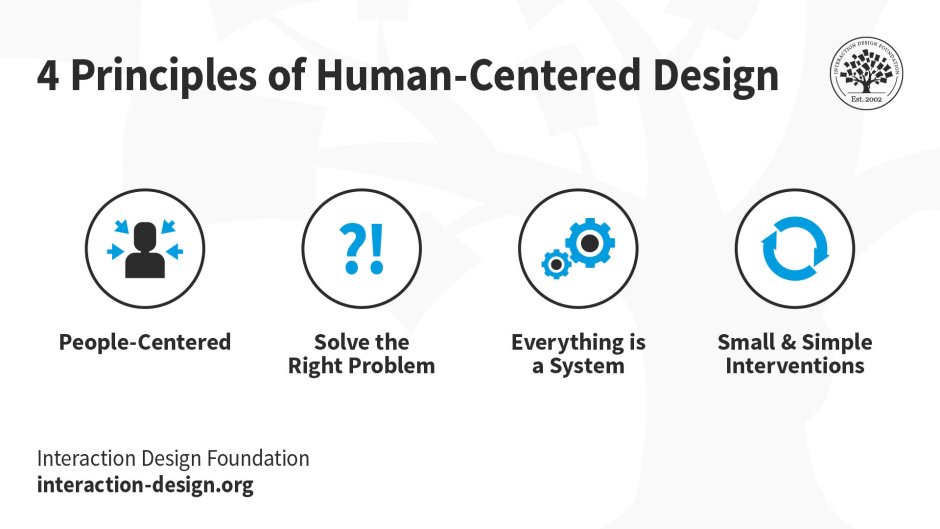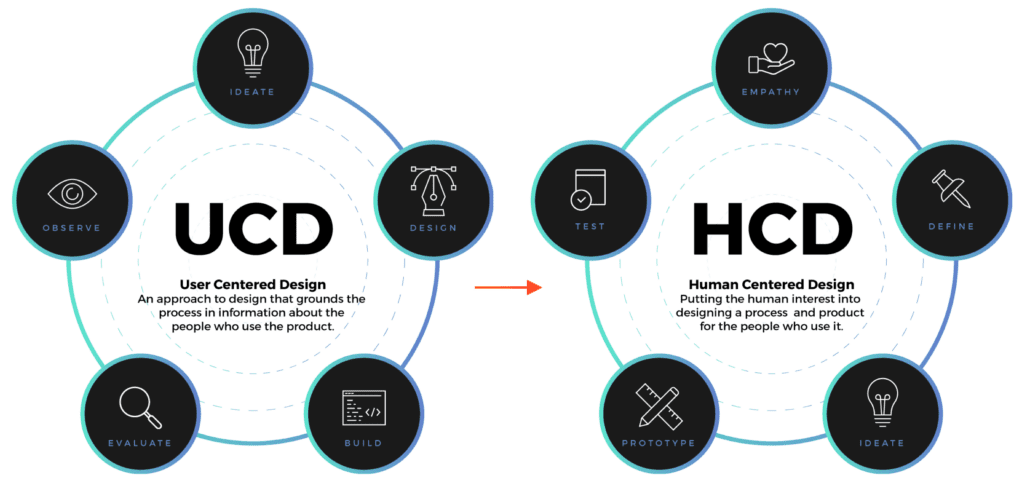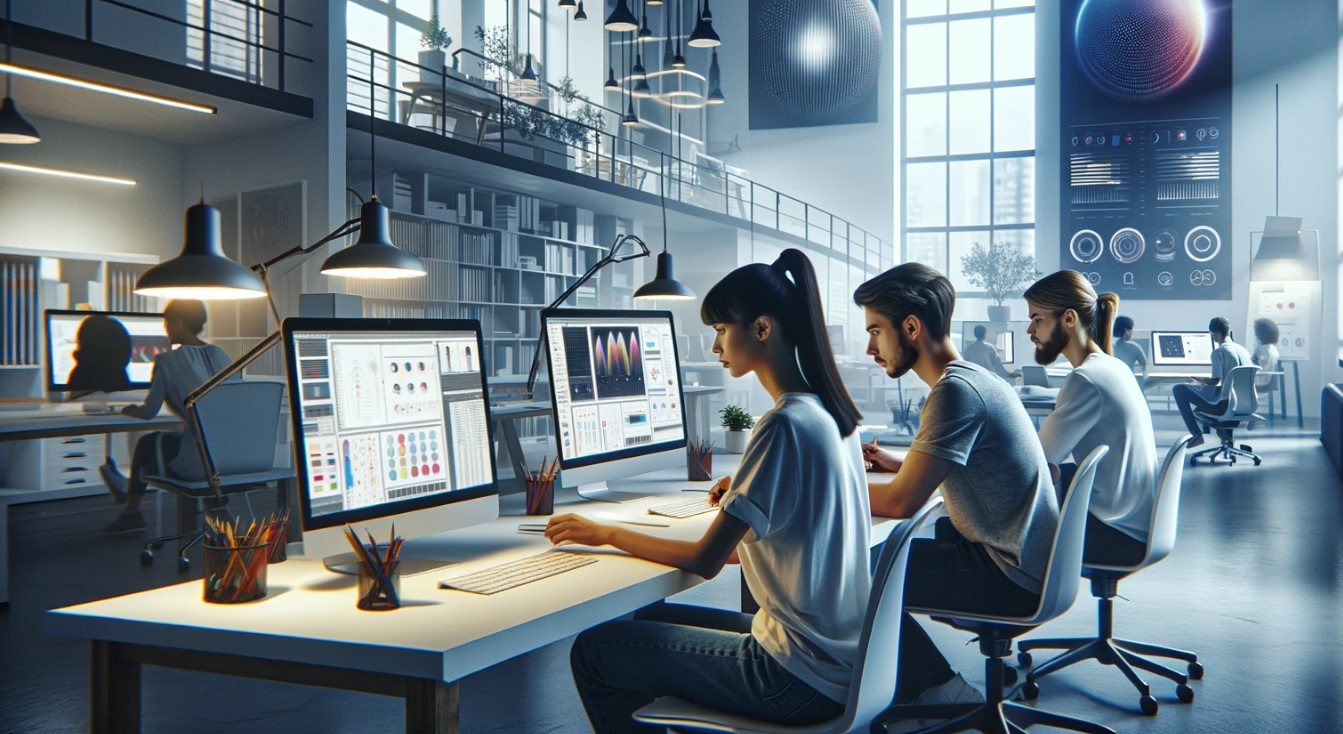At the crossroads of the digital age, design is undergoing an unprecedented transformation, driven in large part by advances in artificial intelligence (AI).
Today, it is easy to find AI applications that generate stunning drawings, logos, and designs in seconds with just a few words of command. In light of this, the role of designers seems to have changed: it is no longer enough to master digital tools and design techniques; the challenge now is to go beyond.
In this new paradigm, design becomes an exercise in empathy and understanding, a means of enriching the human experience beyond the aesthetic and visual. Designers must be strategists, able to identify problems, understand complex contexts, and propose solutions that integrate technology, aesthetics, and functionality. As Tim Brown, CEO of IDEO, puts it: “Design is a human-centered process that helps innovate and create meaningful solutions.”

So now more than ever, design needs to be human-centered, focused on creating experiences that resonate emotionally and are meaningful. Experts in the field, such as Don Norman, have talked about the “emotional user experience,” emphasizing the importance of connecting with users on a more personal level. John Maeda, meanwhile, emphasizes the integration of design and technology, noting that the true art of future design will be the ability to merge human creativity with AI efficiency.
Integrating AI into the creative process will undoubtedly be a means to achieve deeper solutions. For young designers and those in the IT field, the message is clear: the key is not to compete with AI, but to complement it. The future of design lies in the ability to think beyond order and symmetry, focusing on logic, empathy, and problem-solving. It’s not just about creating something “beautiful”, but about designing solutions that genuinely improve people’s lives.

In conclusion, the evolution of design is a journey of adaptation and growth. In this new era, marked by the presence of AI, designers must embrace their unique ability to understand and connect with the human element, using technology as a means, not an end. In doing so, design will not only remain relevant but will become more essential than ever.
Designers of the future will need to be critical thinkers, innovators, and above all, empathetic human beings. In this ever-changing environment, the ability to adapt and continuously learn will be more valuable than ever. The challenge will be to keep the human essence at the center of the creative design process.
